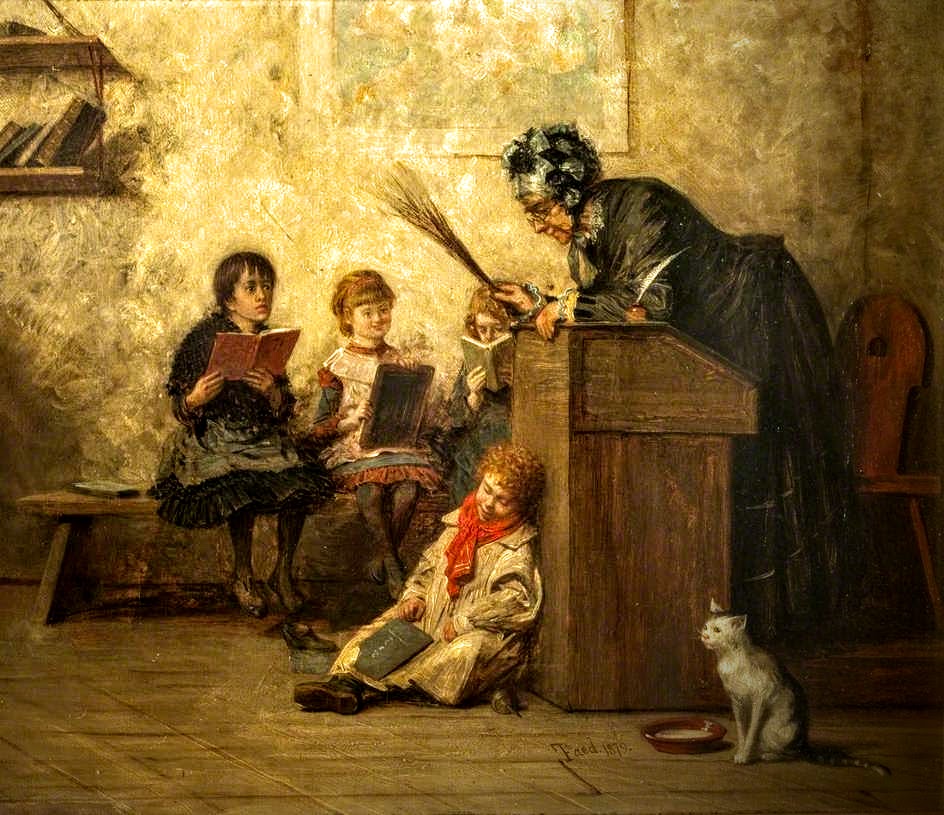Model-Theoretic Grammars
Model-theoretic grammars, also known as constraint-based grammars, contrast with generative grammars in the way they define sets of sentences: they state constraints on syntactic structure rather than providing operations for generating syntactic objects. A generative grammar provides a set of operations such as rewriting, insertion, deletion, movement, or combination, and is interpreted as a definition of the set of all and only the objects that these operations are capable of producing through iterative application. A model-theoretic grammar simply states a set of conditions that an object must meet, and can be regarded as defining the set of all and only the structures of a certain sort that satisfy all of the constraints. The approach applies the mathematical techniques of model theory to the task of syntactic description: a grammar is a theory in the logician’s sense (a consistent set of statements) and the well-formed structures are the models that satisfy the theory.
A very crude website has an interesting report on this topic
Since the last decade a family of linguistic theories known under the term constraint-based grammar theories play an important role within the field of natural language processing. One of the reasons for their importance is that they are declarative, i.e., are able to express grammatical knowledge without regard to any specific use.
Here a presentation on the topic
The ideas in these slides are mainly extracted from the work of
Geoffrey K. Pullum and Barbara Scholz. No one has done more
than Pullum and Scholz to clarify the issues surrounding
model-theoretic syntax and its competitors.
A good article on the topic
A Model-Theoretic Framework for Theories of Syntax
A natural next step in the evolution of constraint-based grammar formalisms from rewriting formalisms is to abstract fully away from the details of the grammar mechanism|to express syntactic theories purely in terms of the properties of the class of structures they license. By focusing on the structural properties of languages rather than on mechanisms for generating or checking structures that exhibit those properties, this model-theoretic approach can o er simpler and signi cantly clearer expression of theories and can potentially provide a uniform formalization, allowing disparate theories to be compared on the basis of those properties.
